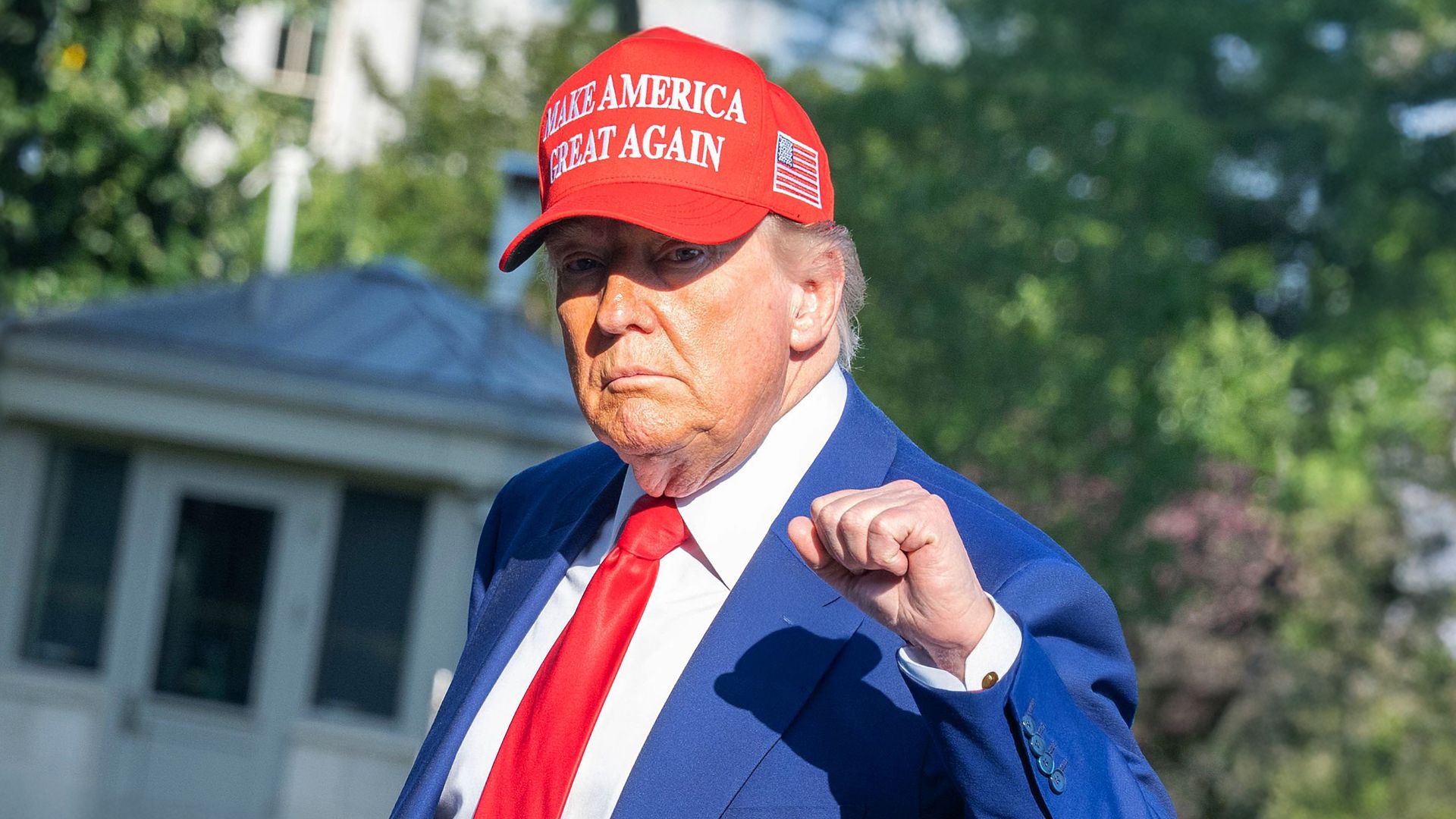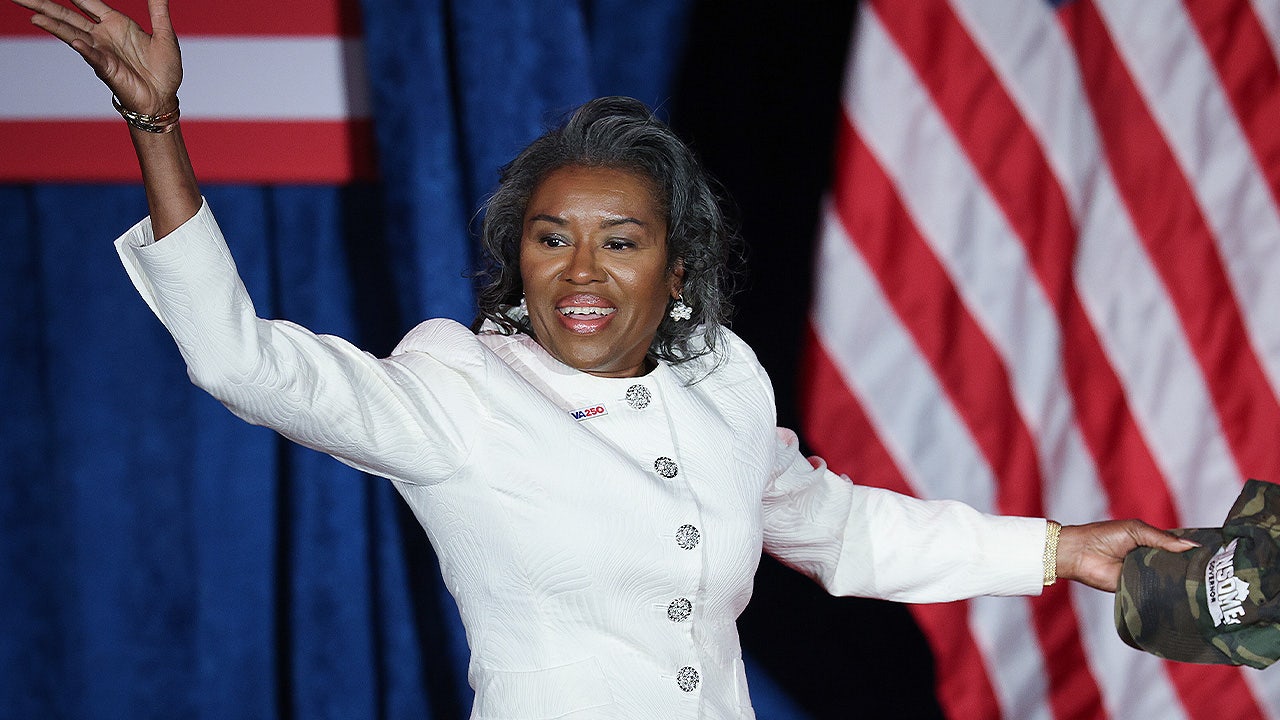The Trump administration on Wednesday imposed an additional 25 percent tariff on Indian imports, raising total duties on some goods to as high as 50 percent, U.S. Customs and Border Protection confirmed.
The measure was introduced as a response to New Delhi’s continued purchases of discounted Russian crude oil.
Indian officials reacted strongly to the announcement.
Trump’s Sovereign Wealth Fund: What Could It Mean For Your Money?
Foreign Minister S. Jaishankar criticized Washington for penalizing New Delhi while not applying similar measures to Europe or China, both of which have also increased imports of Russian energy since the war in Ukraine began.
Trade officials in New Delhi acknowledged the blow to India’s exporters, saying no relief is expected.
“The government has no hope for any immediate relief or delay in U.S. tariffs,” a commerce ministry official told Reuters following the announcement.
The decision was first previewed last month when President Donald Trump announced that India would face new duties.
This Could Be the Most Important Video Gun Owners Watch All Year
[esi random_video_player ttl=”0″]
At that time, the president accused India of maintaining excessive barriers to U.S. products and relying heavily on Russian military hardware and energy.
“Remember, while India is our friend, we have, over the years, done relatively little business with them because their Tariffs are far too high, among the highest in the World, and they have the most strenuous and obnoxious non-monetary Trade Barriers of any Country,” Trump wrote on social media.
“Also, they have always bought a vast majority of their military equipment from Russia, and are Russia’s largest buyer of ENERGY, along with China, at a time when everyone wants Russia to STOP THE KILLING IN UKRAINE — ALL THINGS NOT GOOD! INDIA WILL THEREFORE BE PAYING A TARIFF OF 25%, PLUS A PENALTY FOR THE ABOVE, STARTING ON AUGUST FIRST. THANK YOU FOR YOUR ATTENTION TO THIS MATTER. MAGA!”
Donald J. Trump Truth Social 07.30.25 08:09 AM EST
Remember, while India is our friend, we have, over the years, done relatively little business with them because their Tariffs are far too high, among the highest in the World, and they have the most strenuous and obnoxious…
— Fan Donald J. Trump Posts From Truth Social (@TrumpDailyPosts) July 30, 2025
The new tariffs, which had been delayed until late August, quickly impacted financial markets.
The Indian rupee fell to a three-week low on Wednesday, while major stock indexes dropped about 1 percent, their steepest single-day loss in three months.
Fox News Anchor: Do you worry that India will set trade in the rupee and not the dollar? (Laughs)
US Treasury Secretary: There are a lot of things I worry about. The rupee becoming a reserve currency is not one of them. The rupee is at an all time low against the US dollar pic.twitter.com/4atw3LgdFd
— Shashank Mattoo (@MattooShashank) August 27, 2025
The Indian government estimated that $48.2 billion worth of exports could be affected, with gems, textiles, and food products among the hardest-hit sectors.
Industry leaders in India voiced concern that U.S. demand could fall significantly.
Pankaj Chadha, president of the Engineering Exports Promotion Council, said he expected American orders to decline by 20 to 30 percent.
Indian officials warned that the tariffs could make many shipments commercially unviable, leading to potential job losses and slower economic growth.
New Delhi has pledged subsidies and financial assistance to help exporters manage the losses, but officials acknowledged that finding new markets quickly will be challenging.
Despite the trade tensions, both governments signaled an interest in maintaining broader cooperation.
The U.S. State Department and India’s Ministry of External Affairs issued a joint statement Tuesday following a virtual meeting.
The statement described “an eagerness to continue enhancing the breadth and depth of the bilateral relationship.”
According to the release, both sides agreed to expand defense ties, including plans to sign a new ten-year framework for the U.S.-India Major Defense Partnership.
Areas identified for progress included defense industrial cooperation, science and technology initiatives, operational coordination, and regional security.
The statement also referenced continued work under the U.S.-India Catalyzing Opportunities for Military Partnership, Accelerated Commerce & Technology (COMPACT) framework.
In Washington, top officials defended the administration’s approach.
Treasury Secretary Scott Bessent accused India of profiting from discounted Russian crude at the expense of global stability.
“India is just profiteering. They are reselling. What I would call Indian arbitrage — buying cheap Russian oil, reselling it as product — has just sprung up during the war, which is unacceptable,” Bessent told CNBC.
Before the war in Ukraine, less than 1% of India’s oil came from Russia. Now it is 42%.
The system is allowing India to profiteer by buying cheap Russian oil, reselling it, and pocketing $16B in excess profits.
This opportunistic arbitrage is unacceptable. pic.twitter.com/zp4FuKs9vJ
— Treasury Secretary Scott Bessent (@SecScottBessent) August 19, 2025
The tariffs mark a significant escalation in trade tensions between Washington and New Delhi, with both governments balancing their strategic partnership against the economic and geopolitical fallout of Russia’s war in Ukraine.
Read the full article here


![Trump Hits India With Major Tariff Increase Over Russian Oil Purchases [WATCH] Trump Hits India With Major Tariff Increase Over Russian Oil Purchases [WATCH]](https://www.lifezette.com/wp-content/uploads/2025/08/2025.08.27-04.03-lifezette-68af2c4698005.jpg)




![Democrats Scramble as Fetterman Breaks Ranks on Shutdown SNAP Fallout [WATCH] Democrats Scramble as Fetterman Breaks Ranks on Shutdown SNAP Fallout [WATCH]](https://www.lifezette.com/wp-content/uploads/2025/11/2025.11.03-11.17-lifezette-69088f3184ecf.jpg)




